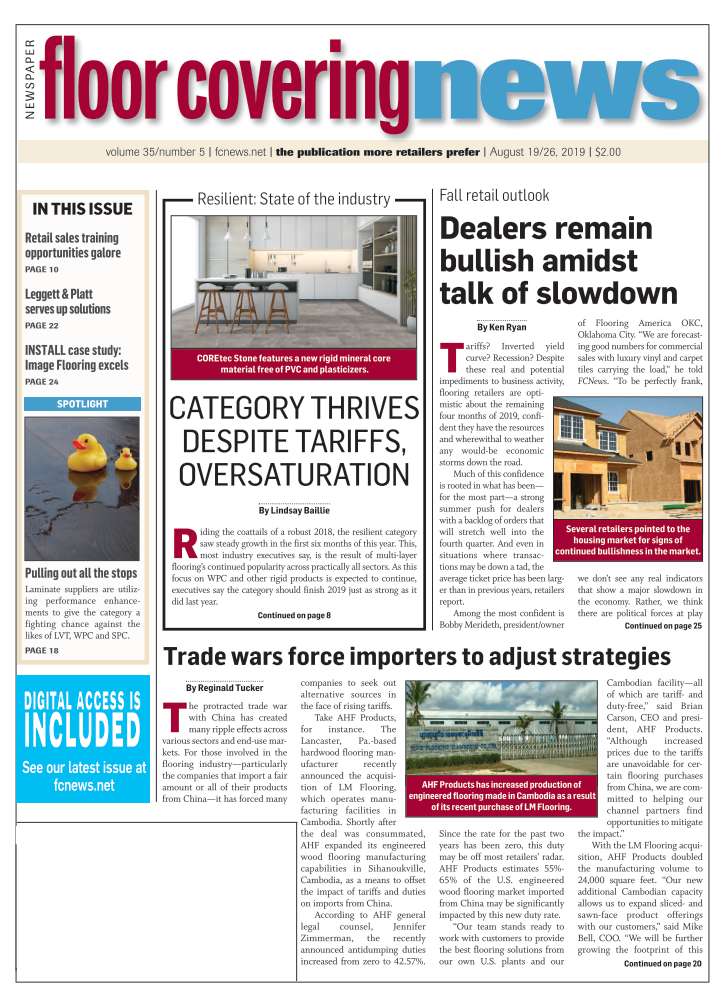August 19/26, 2019: Volume 35, Issue 5
By Roman Basi
When buying or selling a company, it is important to understand the intricacies within a merger or acquisition (M&A) in order to circumvent potential issues prior to closing. Those familiar with M&As understand the importance of key transactional aspects associated with these deals, such as the letter of intent, due diligence, purchase price allocations, working capital and purchase agreements.
However, there are intricacies within those aspects that play a major role in a timely closing. This article aims to highlight some potentially overlooked or unnoticed issues that occur in typical M&A transactions. The issues include matters of employee vacation and benefits packages and indemnification through baskets and caps.
In a typical asset sale, the seller would terminate all of its employees, and the buyer would immediately rehire the employees of his or her choice. A challenge may arise when the employees to be terminated have accrued vacation or paid time off (PTO). Depending on a number of aspects, including the state the transaction takes place, the employment agreement between the seller and employee, or the Employee Handbook, the vacation or PTO is either a liability to be paid at closing by the seller or liability to be assumed by the buyer.
Moreover, depending on the number of employees, types of benefits and accrual period, the vacation and PTO can be a large liability that must be addressed prior to closing. It’s vital to understand the type of calculation necessary to adjust for a mid-year transaction in order to best protect your client from overpaying on a liability. Issues specifically regarding employee vacation and PTO can be a point of contention and negotiation between the buyer and seller—hence the importance of recognizing and remedying an understanding between both parties is vital for a timely closing.
Another important consideration that arises in a typical M&A transaction are indemnification provisions, most commonly referred to as “baskets” and “caps.” Indemnification from an M&A standpoint means that one party (generally the seller) will defend, hold harmless and indemnify the other party (generally the buyer) from specifiedclaims or damages. A basket and cap pertains to the indemnification provisions within a purchase agreement that generally serves as the sole source of recovery from the seller for any loss or damages suffered by the buyer as a result of the transaction. Baskets and caps are typically included with the representations and warranties made by the seller in the purchase agreement.
When the seller makes such representation or warranty, indemnification protects the buyer from the seller’s representations and warranties being inaccurate.
A cap is the upper dollar limit of the seller’s indemnification obligations to the buyer. The cap represents the total amount of losses and damages the buyer is entitled to recover from the seller. Naturally, the seller will seek the lowest cap possible while the buyer will attempt to seek no cap at all. This point of potential contention and negotiation must be on the radar of your M&A team. A basket (sometimes called a “deductible”) is a threshold amount of losses and damages the buyer must incur before it is entitled to any indemnification from the seller.
Once the buyer has incurred losses equal to the agreed amount, the buyer is entitled to full recovery of all losses beginning from the first dollar of loss, this is known generally as the “first-dollar method.”
Roman Basi is an attorney and CPA with the firm Basi, Basi & Associates at The Center for Financial, Legal & Tax Planning. He writes frequently on issues facing small business owners.

